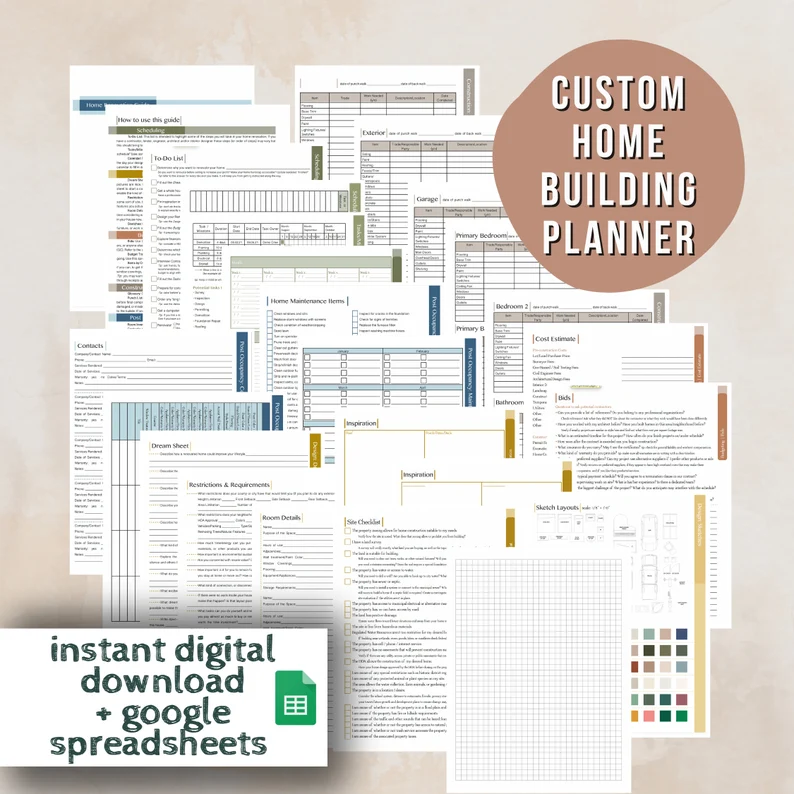Building a Sustainable Tomorrow: The Rise of Eco-Friendly Construction
Introduction
In an era of increasing environmental awareness and concerns about climate change, eco-friendly building practices have gained immense importance. Eco-friendly construction goes beyond traditional building methods; it aims to create structures that are not just environmentally responsible but also efficient and sustainable. In this blog post, we explore the world of eco-friendly building, its principles, innovations, and the positive impact it has on our planet.

1. The Essence of Eco-Friendly Building
Eco-friendly building, often referred to as green building, prioritizes the use of sustainable materials, energy-efficient designs, and responsible construction practices. It seeks to reduce the environmental impact of construction and ensure that buildings operate efficiently while promoting the health and well-being of occupants.
2. Sustainable Materials and Practices
A cornerstone of eco-friendly construction is the use of sustainable materials. This includes recycled and renewable resources, non-toxic building materials, and responsible sourcing. Sustainable practices extend to minimizing waste, reusing materials, and reducing the carbon footprint of construction.
3. Energy Efficiency: A Key Goal
Eco-friendly buildings are designed with energy efficiency in mind. This involves utilizing natural lighting, proper insulation, energy-efficient appliances, and renewable energy sources such as solar panels. Energy-efficient buildings not only reduce greenhouse gas emissions but also lead to significant cost savings over time.
4. Water Conservation and Management
Water conservation is another vital aspect of eco-friendly construction. This includes the use of water-saving fixtures, rainwater harvesting systems, and efficient irrigation practices. Responsible water management helps reduce the strain on water resources.
5. Enhancing Indoor Environmental Quality
Eco-friendly buildings prioritize the health and comfort of occupants. This includes proper ventilation systems, low-VOC (volatile organic compounds) paints and materials, and the incorporation of green spaces and indoor plants. These practices contribute to improved indoor air quality and overall well-being.
6. Green Building Certifications
Various green building certification systems, such as LEED (Leadership in Energy and Environmental Design) and BREEAM (Building Research Establishment Environmental Assessment Method), provide guidelines and standards for eco-friendly construction. These certifications serve as benchmarks for sustainability and help in promoting and regulating green building practices.
7. The Positive Impact on the Environment
Eco-friendly construction significantly reduces the environmental impact of buildings. It conserves resources, reduces energy consumption, and minimizes waste generation. Sustainable buildings also play a role in mitigating climate change by lowering carbon emissions.
Conclusion: Building a Sustainable Future
Eco-friendly building is not just a trend; it’s a necessity in a world facing environmental challenges. It represents a commitment to responsible construction practices, energy efficiency, and the well-being of occupants. As we continue to embrace eco-friendly construction, we pave the way for a more sustainable and environmentally conscious future.
